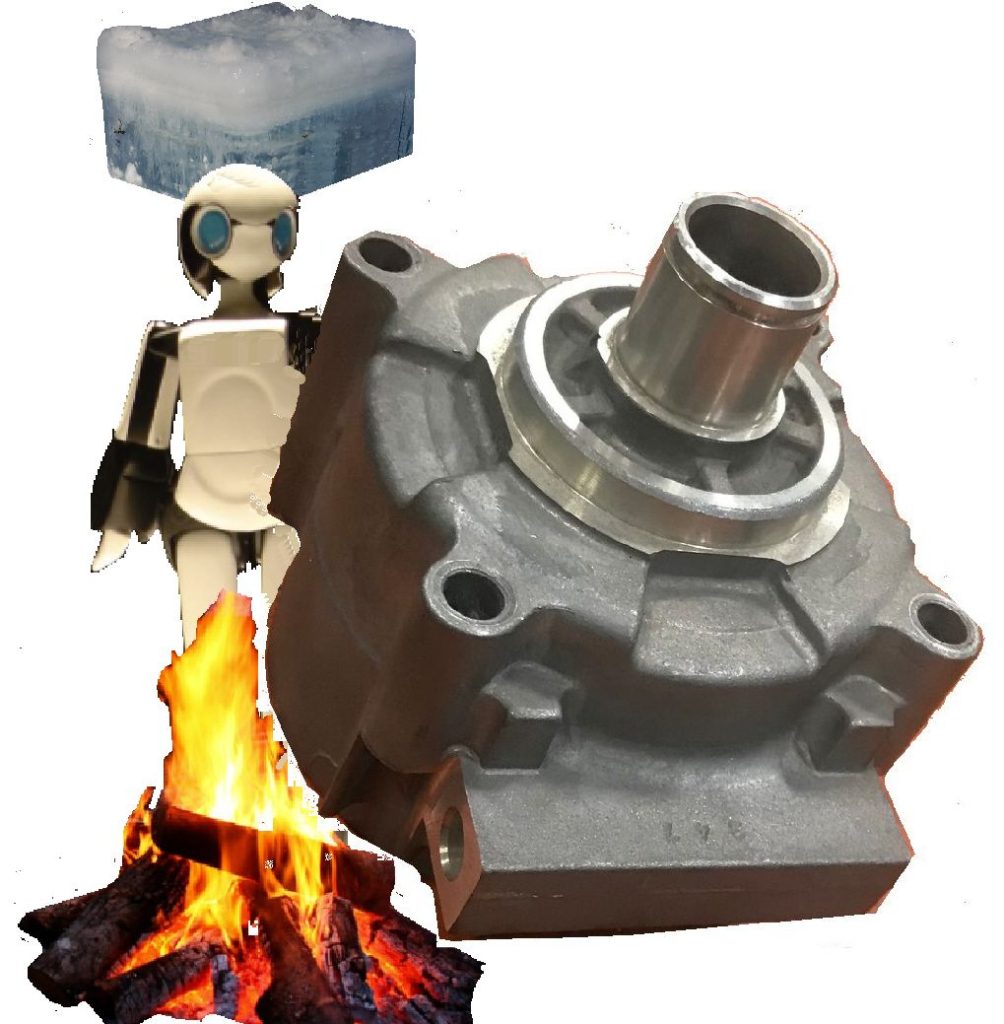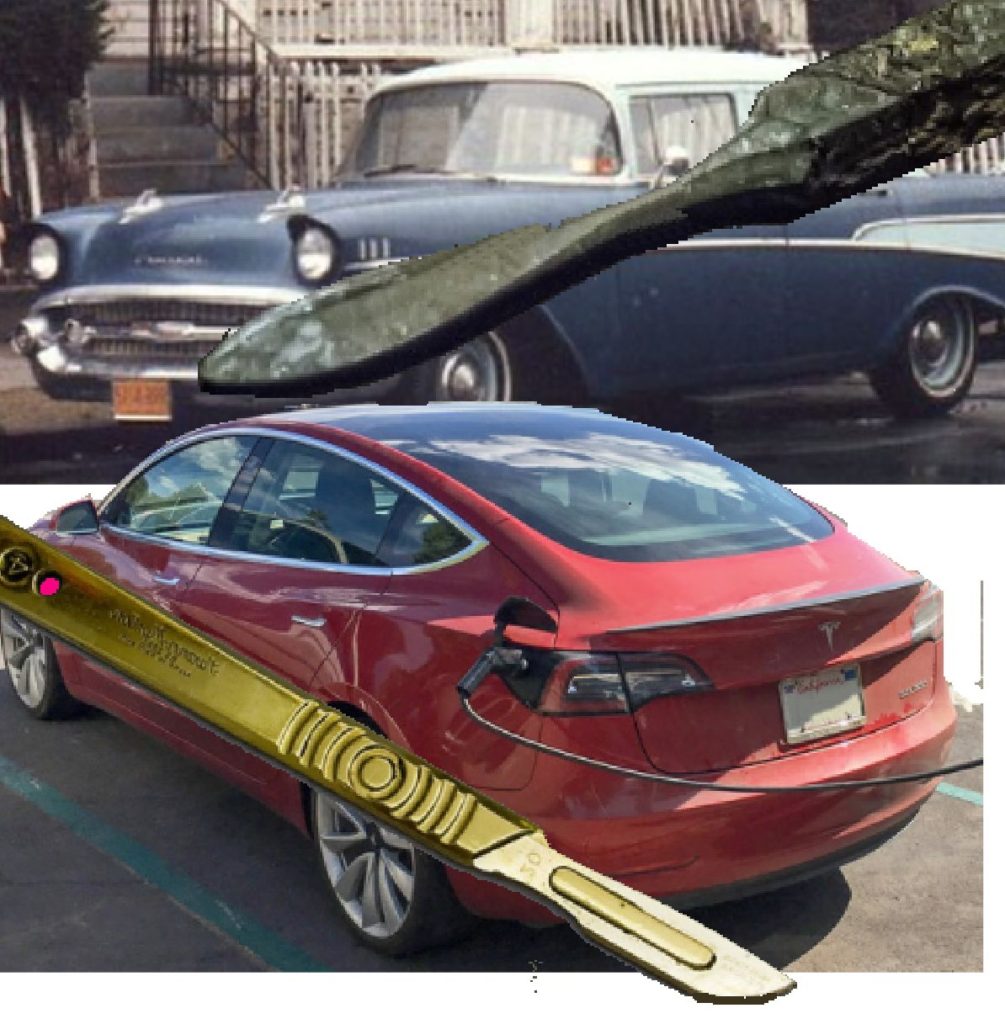
If your feet are in the fire, placing a block of ice on your head will not make you feel better. Yes, on average the temperature you are exposed to is correct. The thermal gradient is the problem. Die casting dies are the same. Molten aluminum at 1200F or more one one side. Cooling water at 80F beneath the surface. H13 splits if the water is closer than 3/4 inch to molten aluminum. The thermal gradient is too high for the material. Water cooling was added to the H13 core pin forming the central shaft hole in the pictured front air conditioning compressor casting. The added water passage was closer than 3/4 inch away from molten metal. The core pin split in three shots. Maraging die steel tolerates a higher thermal gradient. This same water cooled core pin out of maraging die steel did not split. This is probably why conformal cooling details 3D printed out of maraging material achieve higher cooling performance.

